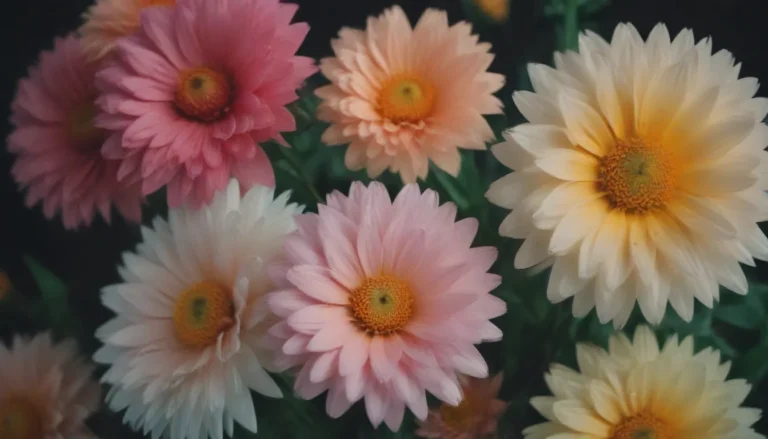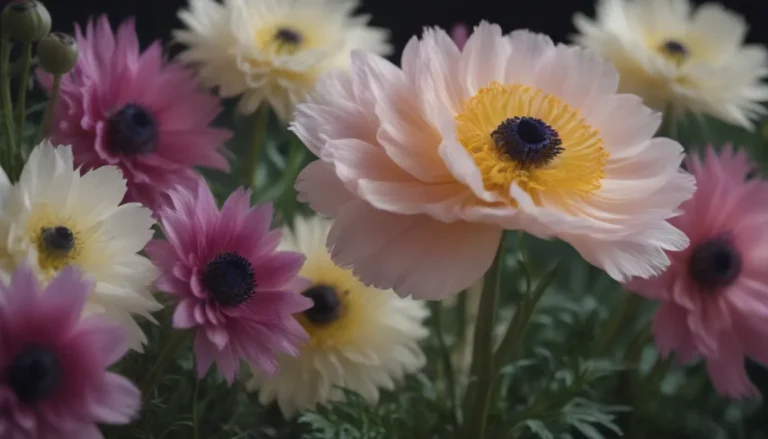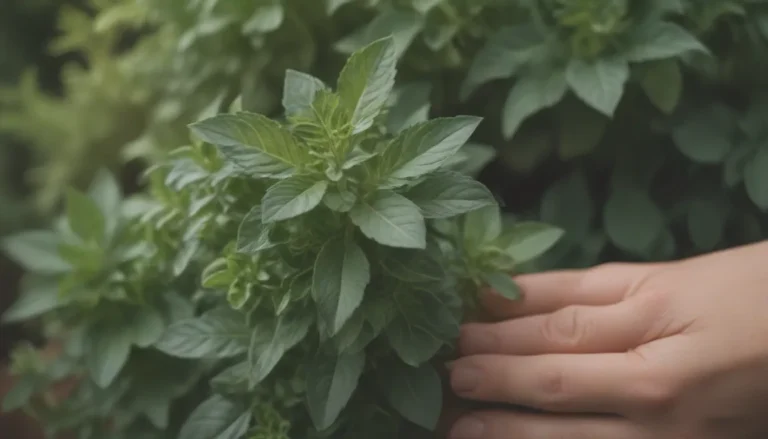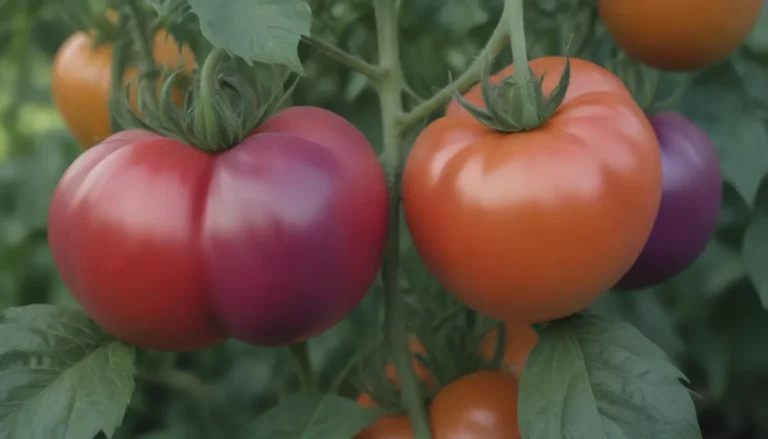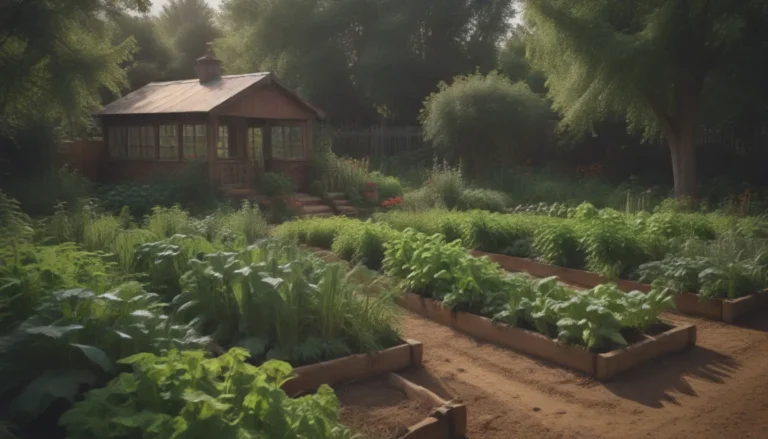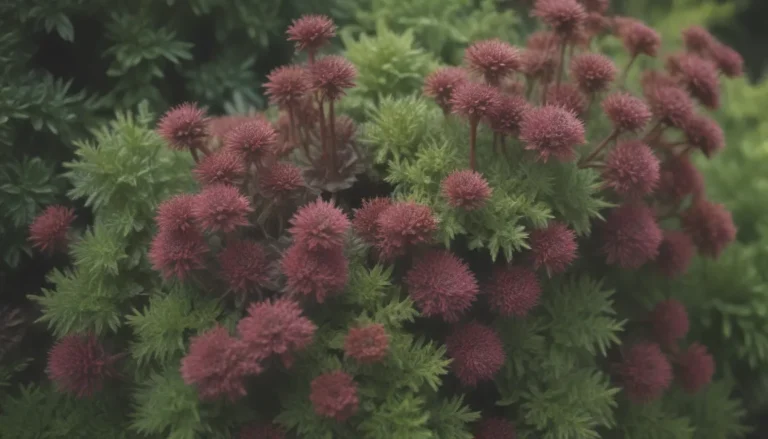Ultimate Guide to Growing and Caring for Natal Plum
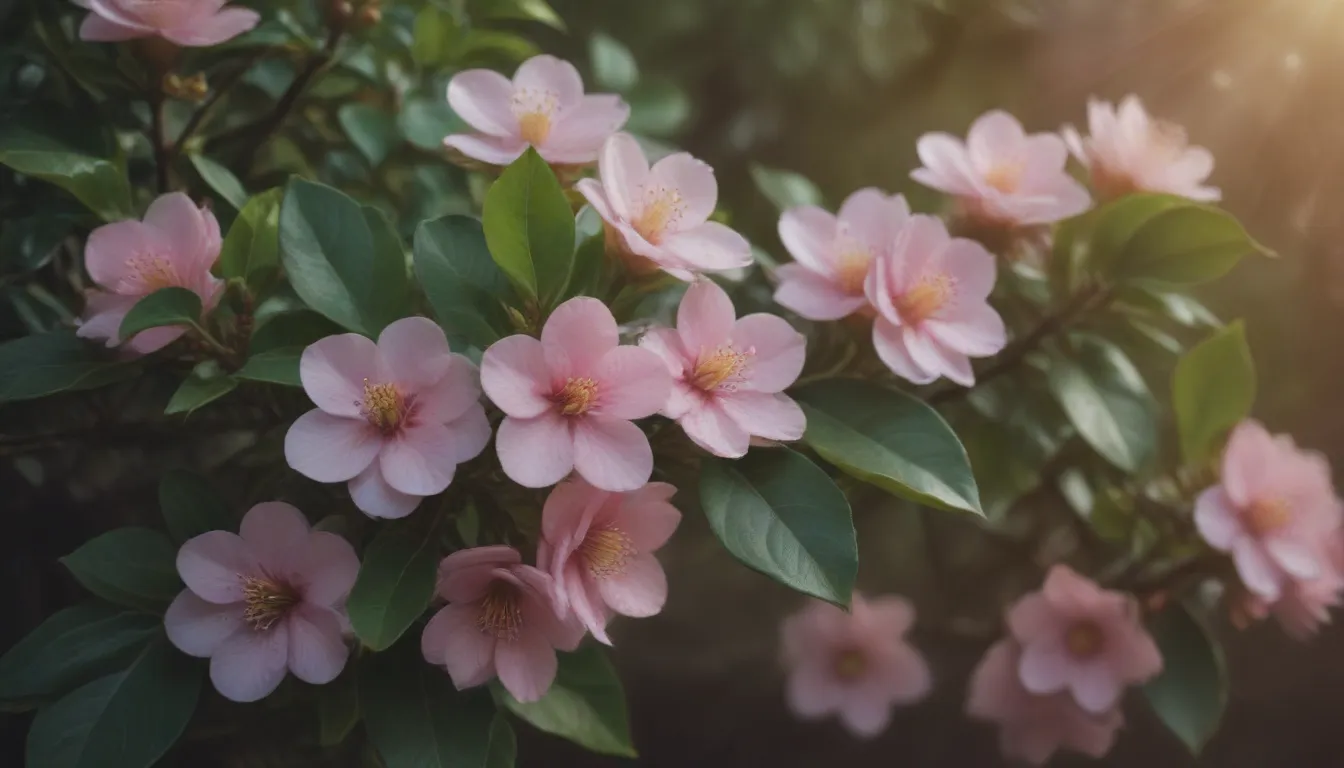
Welcome to our comprehensive guide on how to grow and care for Natal Plum, a beautiful tropical shrub that is not only a stunning addition to any landscape but also produces delicious fruits reminiscent of cranberries. In this article, we will delve into the specifics of Natal Plum care, including light, soil, water, temperature, fertilizer, types of Natal Plum, harvesting tips, pruning techniques, propagation methods, potting and repotting advice, overwintering tips, common pests and diseases, and how to get Natal Plum to bloom. By the end of this article, you will be equipped with all the knowledge needed to successfully cultivate and maintain this tropical beauty in your own garden.
Introduction to Natal Plum
Before we jump into the care requirements for Natal Plum, let’s take a closer look at this fascinating shrub. Natal Plum is often grown for its attractive white, star-shaped flowers and the small, plum-like fruits it produces. Despite its name, Natal Plum is not related to the true plum (Prunus× domestica) but gets its name from the shape and color of its fruits. This evergreen plant features dark green, glossy leaves and may have thorny branches, adding to its ornamental appeal.
Natal Plum Care Requirements
To ensure the optimal growth and health of your Natal Plum, you will need to pay attention to the following care requirements:
Light
- Grow Natal Plum in a location that receives full sun for the best results.
- It can also tolerate light shade, but may produce fewer flowers and fruits.
Soil
- Natal Plum is not picky about soil as long as it is well-drained.
- It prefers slightly acidic or neutral pH soil but can tolerate slightly alkaline soil.
- These plants are salt-tolerant and thrive near coastal areas.
Water
- Water Natal Plum monthly to weekly, depending on the variety.
- Avoid overwatering as Natal Plum is susceptible to root rot.
- Allow the soil to dry out completely between waterings.
Temperature and Humidity
- Natal Plum thrives in temperatures above 68 degrees Fahrenheit during the day.
- Avoid temperatures below 30 degrees Fahrenheit for young plants and below 25 degrees Fahrenheit for established plants.
- These plants can adapt to both humid and dry air conditions as long as they receive sufficient soil moisture.
Fertilizer
- Use a fertilizer with equal parts of nitrogen, phosphorus, and potassium to promote general health and fruiting.
- Follow product label instructions for the correct amount to use.
Types of Natal Plum
Natal Plum comes in various types, each offering unique characteristics and appearances. Some popular types include:
- ‘Emerald Blanket’
- ‘Nana’
- ‘Boxwood Beauty’
- ‘Fancy’
- ‘Tomlinson’
- ‘Variegata’
Harvesting Natal Plum
When it comes to harvesting Natal Plum, it is essential to pick the fruits individually as they ripen. Here are some tips for harvesting Natal Plum fruits:
- Pick the fruits when they achieve a dark red or purple color.
- They can be stored in the refrigerator for up to one week and used in various culinary applications such as jams and pies.
Pruning Natal Plum
Pruning plays a crucial role in shaping Natal Plum into a tree form or hedge and encouraging more flowers and fruit production. Follow these pruning tips for your Natal Plum:
- Trim dead wood and frost-damaged branches in late winter or early spring.
- Prune back after the blooming and fruiting season ends in late summer.
Propagating Natal Plum
If you wish to propagate Natal Plum, stem cuttings are an easy and effective method. Here’s a simple guide on how to propagate Natal Plum using stem cuttings:
- Take a cutting from a healthy Natal Plum plant.
- Remove the lower leaves from the cutting.
- Plant the cutting in a well-draining potting mix.
- Keep the cutting moist and place it in a warm, sunny location.
Potting and Repotting Natal Plum
Natal Plum can thrive in containers, making it an excellent choice for patios, balconies, and indoor spaces. Follow these tips for potting and repotting Natal Plum:
- Use a well-draining, sandy potting soil in a container with drainage holes.
- Repot the plant if its growth slows down and roots become visible from the bottom holes of the container.
Overwintering Natal Plum
To overwinter Natal Plum indoors, ensure it receives sufficient sunlight and humidity. Here are some tips for overwintering Natal Plum:
- Provide 4 to 6 hours of sunlight daily.
- Maintain adequate humidity levels with a humidifier or a pebble tray.
Common Pests and Diseases
Natal Plum is relatively pest-resistant but may encounter issues like Florida red scale or aphids. Use horticultural soap to address pest problems. Overwatering may lead to fungal infestations. Here are some tips for managing pests and diseases in Natal Plum:
- Monitor the plant regularly for signs of pests.
- Ensure proper watering to prevent fungal issues.
How to Get Natal Plum to Bloom
Natal Plum produces beautiful flowers throughout the year, enhancing the visual appeal of your garden. Follow these tips to encourage more blooms on your Natal Plum:
- Prune the plant to stimulate flower and fruit production.
- Ensure proper light, water, and fertilizer levels for optimal growth.
Conclusion
In conclusion, Natal Plum is a stunning tropical shrub that can enhance the beauty of any landscape while providing delicious fruits for culinary use. By following the care tips outlined in this guide, you can successfully grow and maintain Natal Plum in your garden. From light and soil requirements to pruning and propagation techniques, this article has covered all aspects of Natal Plum care to help you cultivate a thriving and flourishing plant. With proper care and attention, your Natal Plum will reward you with its fragrant blooms and tasty fruits for years to come.
Remember, gardening is a journey of learning and experimentation, so don’t be afraid to try new techniques and tailor the care routine to suit your specific growing conditions. Happy gardening!
